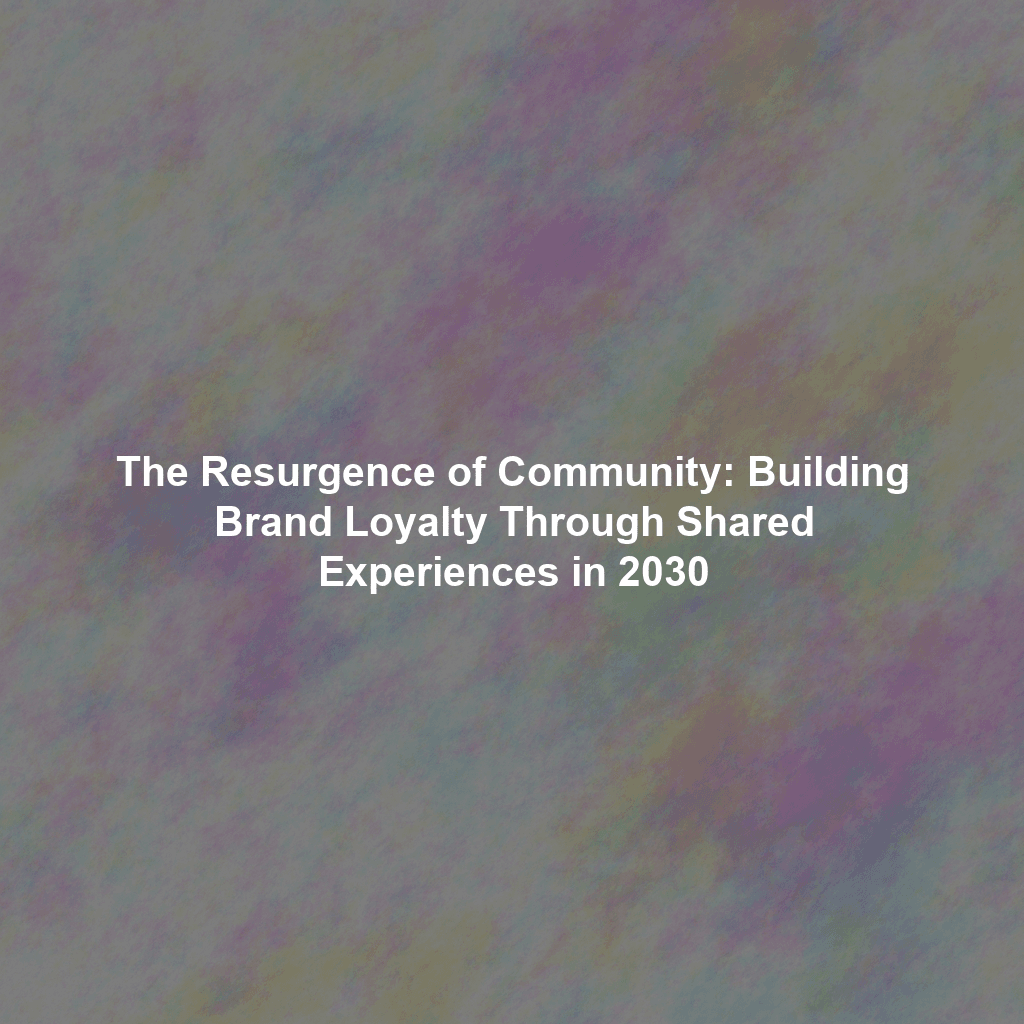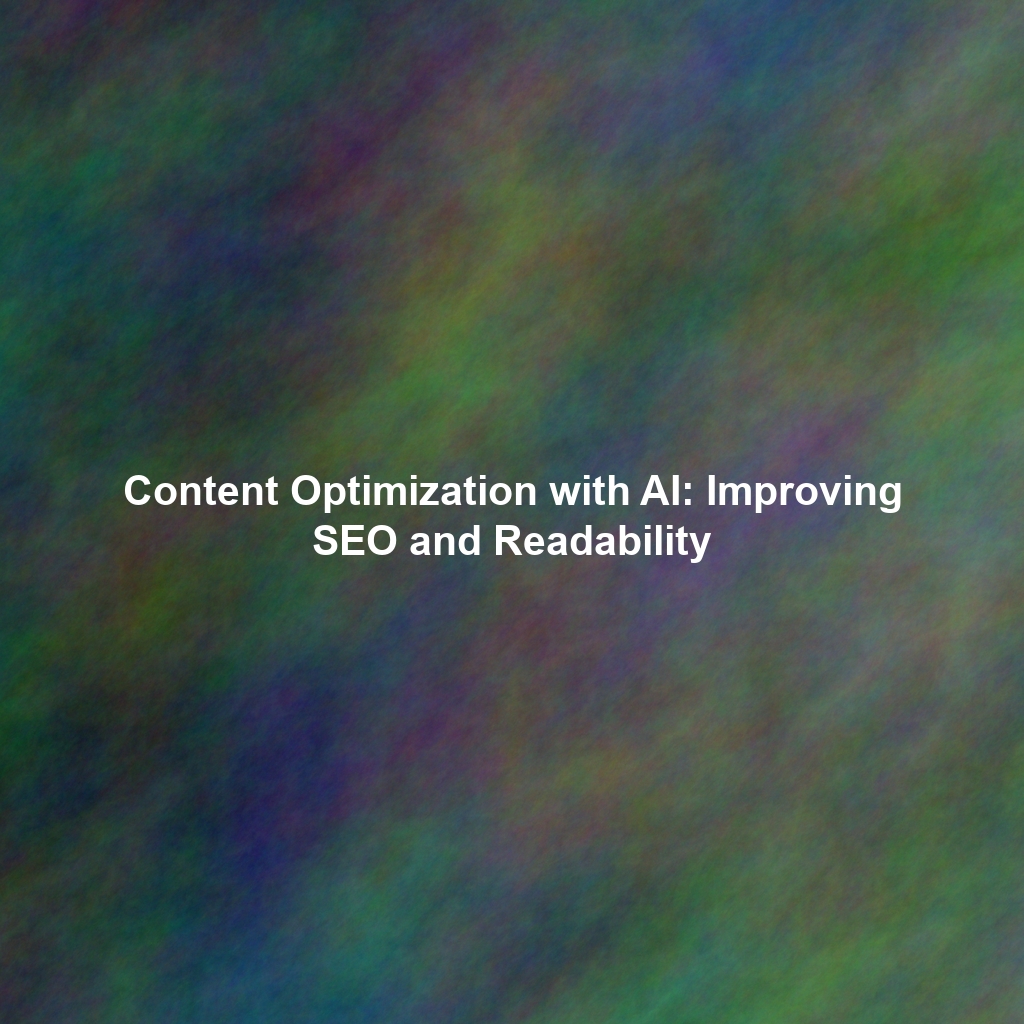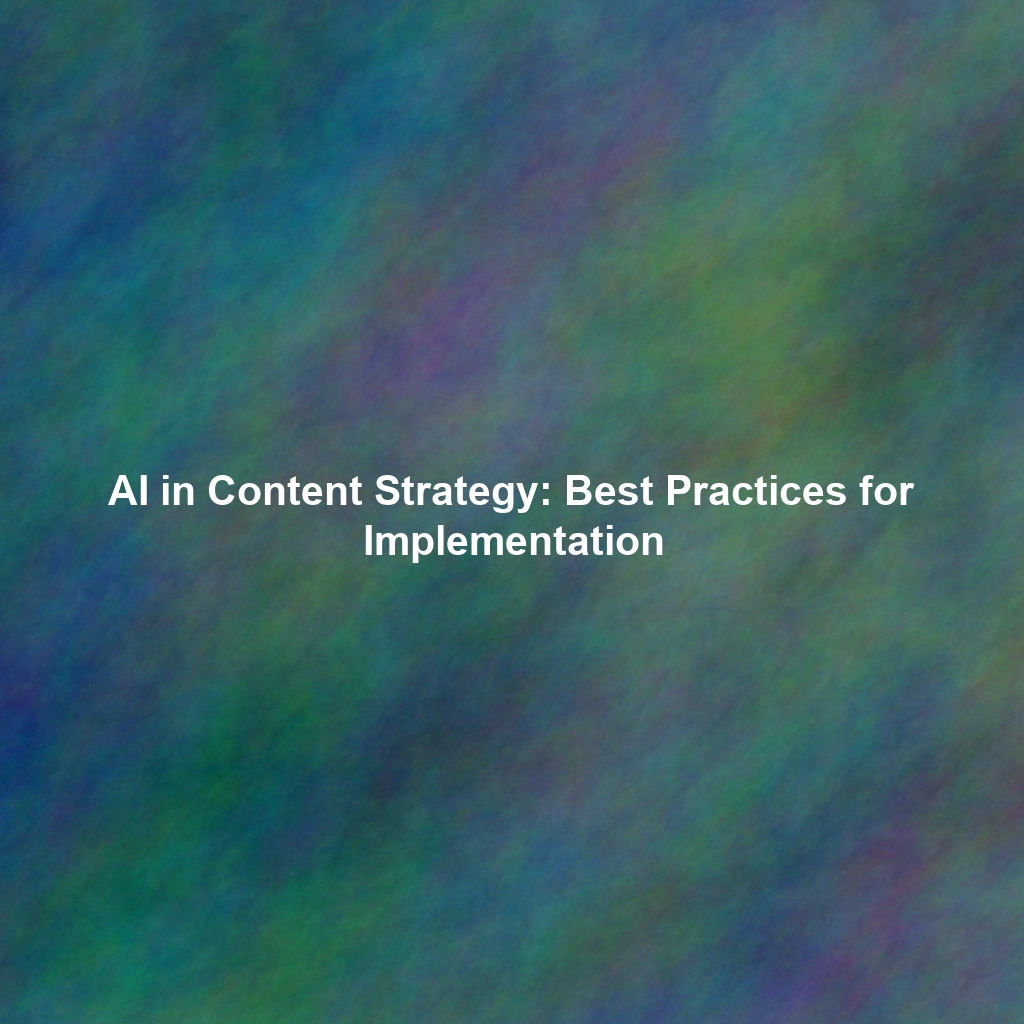In the fast-evolving digital landscape of 2030, where personalized AI and hyper-realistic virtual experiences are commonplace, one fundamental human need remains constant: the desire for connection. While technology continues to advance at an unprecedented pace, the most successful brands will be those that recognize and harness the power of community. Forget fleeting viral moments; the future of marketing lies in cultivating lasting relationships built on shared values, genuine interaction, and authentic experiences. This article explores how brands will leverage the resurgence of community to build unwavering loyalty in 2030.
Why Community is King in 2030
Several factors are driving the return to community-centric marketing. First, consumers are increasingly skeptical of traditional advertising. They are bombarded with generic messages and crave authenticity. Second, the fragmentation of media channels makes it harder to reach target audiences through conventional means. Finally, the growing importance of social responsibility means that consumers are more likely to support brands that align with their values and actively contribute to a positive social impact.
Beyond Transactional Relationships
In 2030, brands will move beyond purely transactional relationships. Instead of just selling products or services, they will focus on building platforms where customers can connect with each other, share their experiences, and contribute to something bigger than themselves. This shift requires a fundamental change in mindset, from viewing customers as mere consumers to recognizing them as valued members of a community.
Strategies for Fostering Engagement in 2030
Building a thriving online community requires a strategic and deliberate approach. Here are some key strategies that brands will employ in 2030:
Leveraging AI-Powered Personalization for Community Building
AI will play a crucial role in personalizing community experiences. Brands will use AI-powered tools to analyze user data and identify common interests, connecting members with relevant content, groups, and events. Imagine an AI concierge recommending specific forum discussions or virtual meetups based on a user’s past interactions and expressed preferences. This level of personalization will enhance engagement and create a more valuable experience for community members.
Creating Immersive Virtual Experiences
The metaverse and augmented reality (AR) will open up new possibilities for creating immersive community experiences. Brands can host virtual events, workshops, and meetups that allow members to interact with each other in a realistic and engaging way. Imagine attending a virtual product launch where you can try out the latest features in a simulated environment and chat with other users in real-time. These immersive experiences will foster a sense of belonging and strengthen the connection between community members.
Gamification and Rewards
Gamification will continue to be a powerful tool for driving engagement and rewarding community participation. Brands will use points, badges, and leaderboards to incentivize members to contribute content, participate in discussions, and complete challenges. These rewards can be anything from exclusive discounts and early access to new products to recognition within the community. The key is to create a system that is fun, fair, and rewarding for all members.
User-Generated Content and Collaborative Creation
Empowering community members to create and share their own content will be essential for fostering engagement. Brands will provide platforms and tools that allow users to easily create and share videos, articles, reviews, and other types of content. They will also encourage collaborative creation, where members work together to develop new products, features, or services. This approach not only generates valuable content but also fosters a sense of ownership and investment in the community.
Turning Customers into Brand Advocates
The ultimate goal of community building is to turn customers into brand advocates who actively promote the brand to their friends, family, and social networks. This requires creating a community that is so valuable and engaging that members are naturally inclined to share their experiences with others.
Empowering Advocates Through Exclusive Access
Providing community members with exclusive access to new products, services, and information will make them feel valued and appreciated. This could include early access to beta programs, invitations to exclusive events, or behind-the-scenes content. By giving advocates a unique insider perspective, brands can empower them to become more effective ambassadors.
Recognition and Appreciation
Publicly recognizing and appreciating the contributions of community members will further strengthen their loyalty. Brands can feature top contributors on their website or social media channels, highlight their achievements in newsletters, or invite them to speak at events. Simple gestures of appreciation, such as personalized thank-you notes or small gifts, can also go a long way.
Fostering a Sense of Ownership
When community members feel like they have a stake in the success of the brand, they are more likely to become advocates. Brands can foster a sense of ownership by involving members in decision-making processes, soliciting their feedback on new products, and empowering them to shape the direction of the community. This collaborative approach will create a stronger sense of loyalty and commitment.
The Future is Community-Driven
In 2030, the brands that prioritize community building will be the ones that thrive. By fostering genuine connections, creating shared experiences, and empowering customers to become brand advocates, companies can build lasting relationships that drive loyalty, growth, and success. The resurgence of community isn’t just a marketing trend; it’s a fundamental shift in the way brands interact with their customers, recognizing the power of human connection in an increasingly digital world. Embrace the power of “us” and watch your brand flourish in the community-driven future.
 Skip to content
Skip to content

